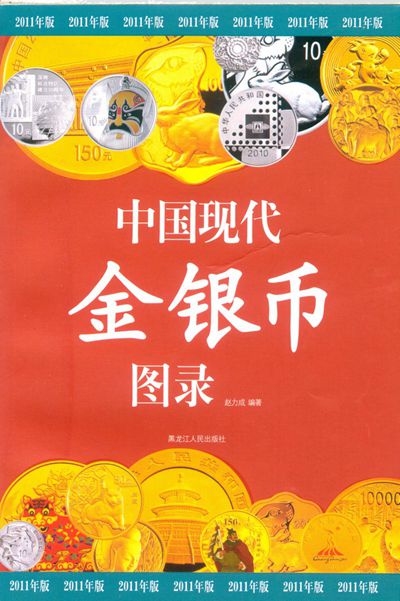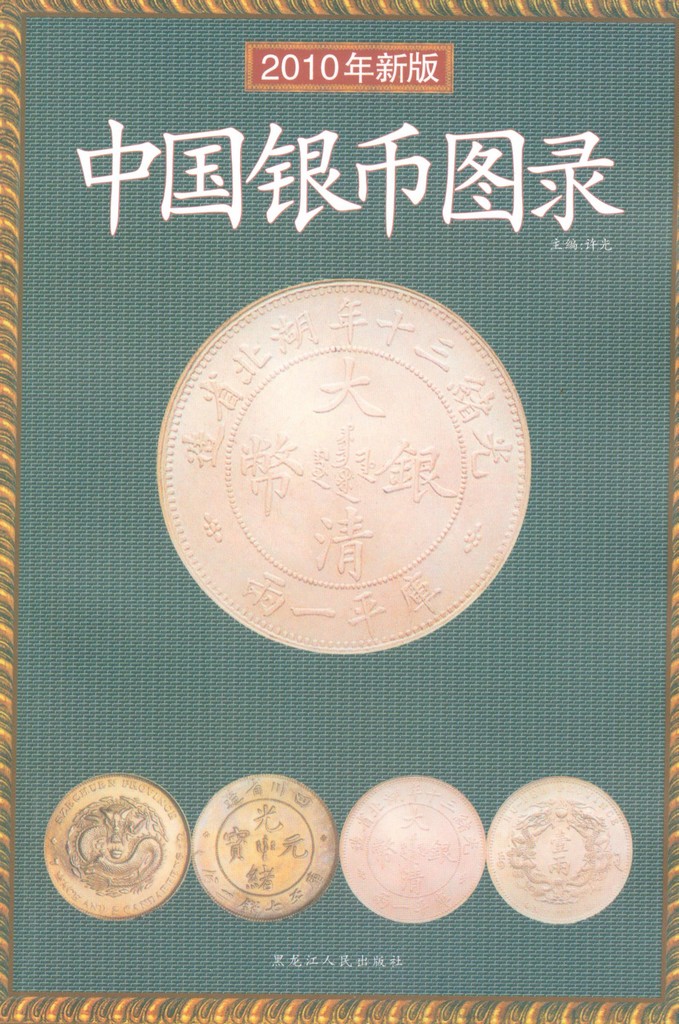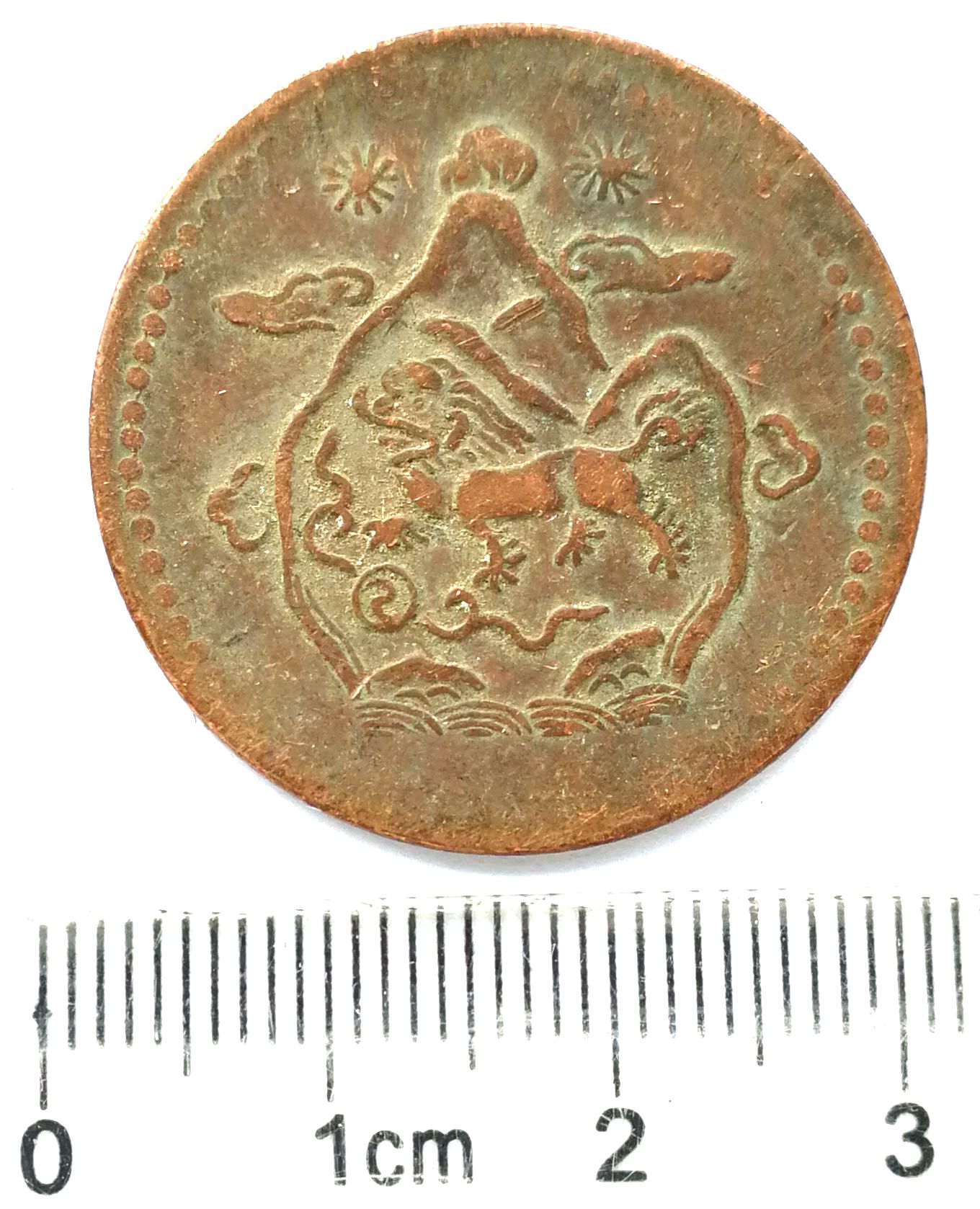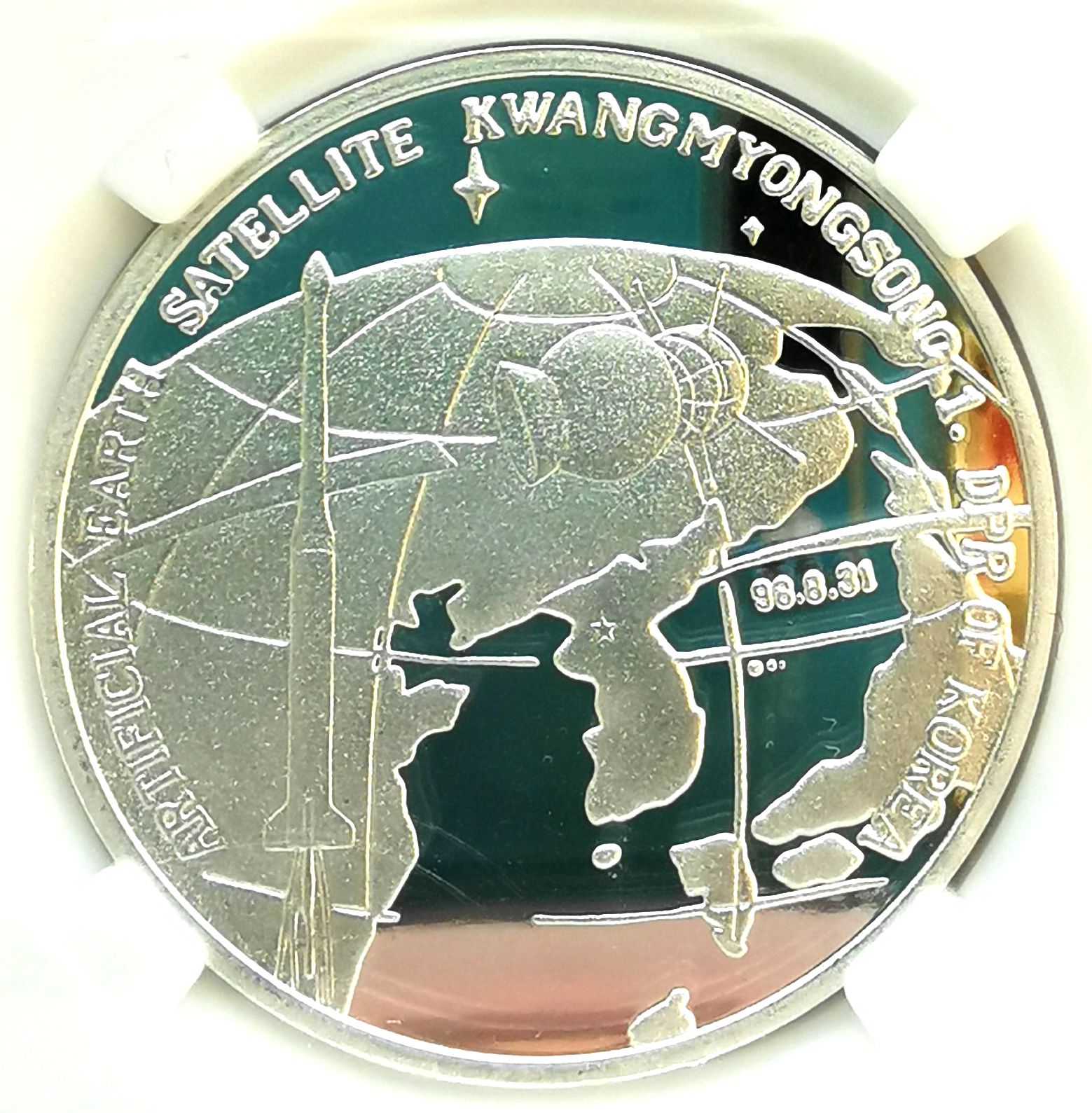Categories
- North Korea & Japan963
- Bond (Loan)384
- Stock Certificate734
- Catalog, Book485
- Antiques36
- Ration Coupon32
- China Coin347
- China Banknote27
- Vietnam (Annam)128
- Tibet33
- Sinkiang (Central Aisa)57
- Silver Coin94
- Stamps80
- China Postal Stationery431
- Revenue, Tax, Check325
- Token, Bamboo Tally138
- Wholesale, Collection73
- Miscellaneous, Others102
- New Products ...
- Featured Products ...
- All Products ...
Reviews [more]
There are currently no product reviews.





